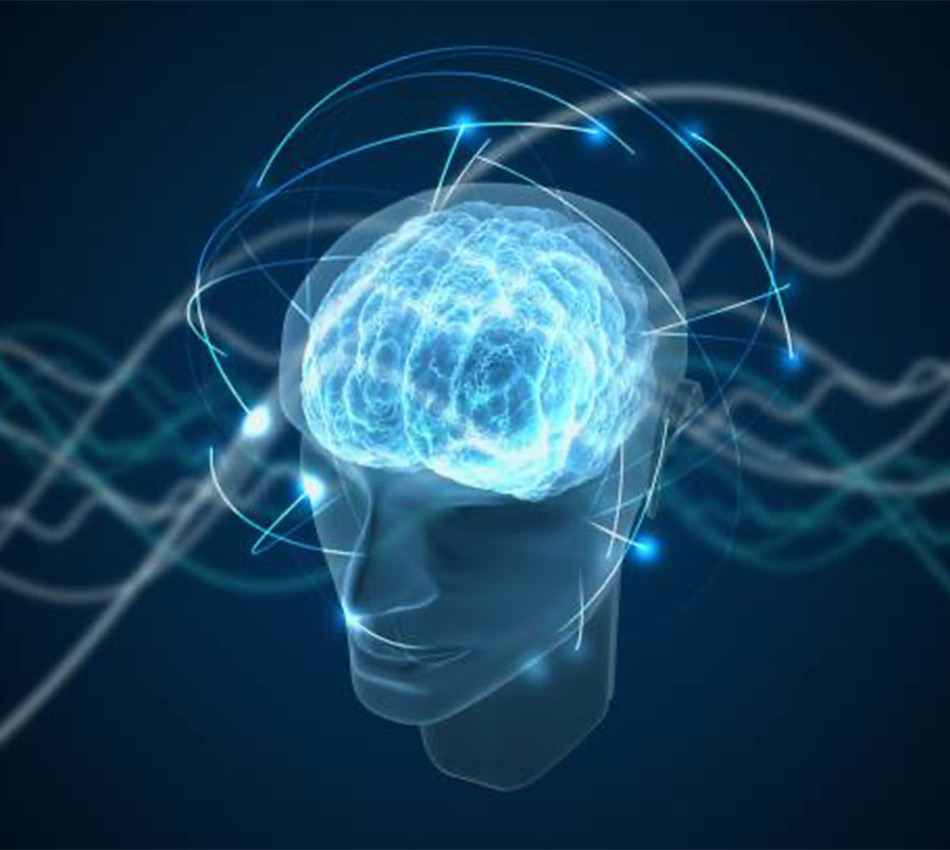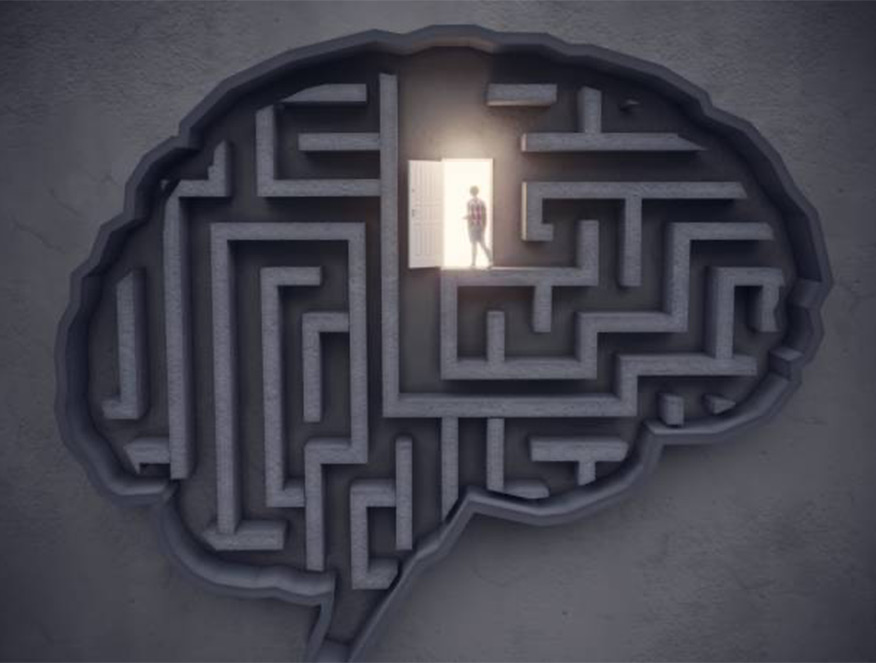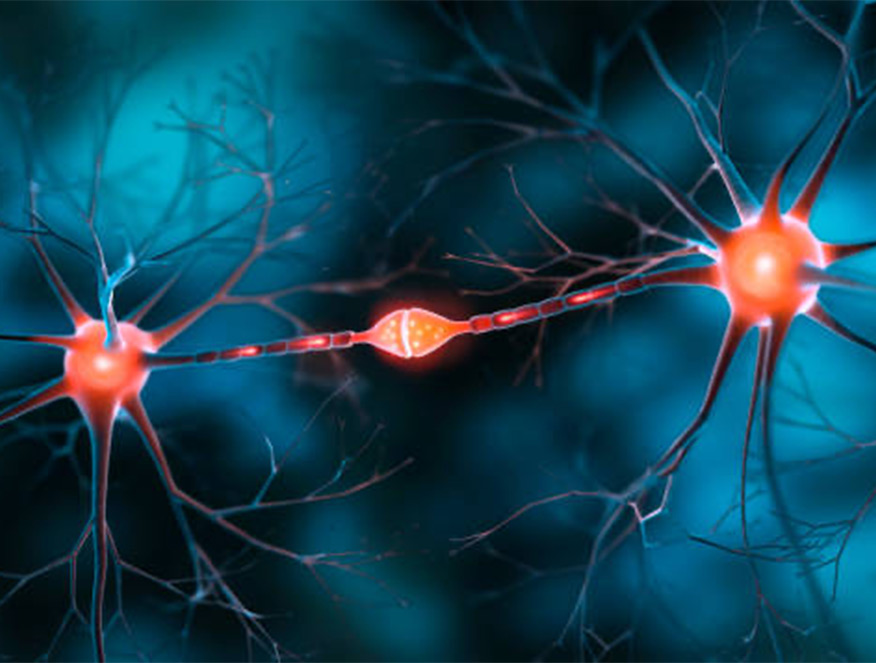
Where you look affects how you feel
Therapy isn’t one-size-fits-all. The human mind is complex, and emotional experiences are stored in unique patterns within the brain—some consciously, others beneath the surface. While talk therapy can be highly effective for some, others may need a more brain-oriented approach to unlock and process deep-seated emotions.
Brainspotting (BSP) is one such method, designed to help with trauma, anxiety, mental blocks, and negative emotions. It is a highly effective, short-term therapy that facilitates rapid healing for individuals who have experienced physical or emotional trauma. Developed by Dr. David Grand, who was trained in EMDR (Eye Movement Desensitization and Reprocessing), Brainspotting evolved from his research on trauma survivors.
Who can benefit from Brainspotting Therapy
Brainspotting is an effective, short-term treatment for individuals experiencing:
- Trauma (physical or emotional)
- Anxiety
- Acute stress related to relationships, work, or personal life
- Anger issues
- Phobias
- Substance abuse
- Chronic fatigue and pain
- Sports performance difficulties
- Impulse control challenges

A deeply attuned therapeutic process
Dr. Grand describes Brainspotting as "a dance of connection and attunement" between the client and therapist—much more than just a mechanical process. By identifying specific eye positions, BSP accesses deep brain regions where emotional experiences are stored, enabling profound healing and self-awareness. Its ability to target unresolved trauma at a neurological level makes it a powerful tool for rapid emotional relief and long-term recovery.
Brainspotting Therapy at Incontact
Brainspotting is a rapid, effective therapy that helps process trauma and emotional distress by identifying specific points in the visual field. Here’s how it works:
Identifying the issue
The session begins with the client bringing up a troubling experience, emotion, or mental block they want to work through. This could be a past trauma, a current emotional challenge, or an unexplained distressing feeling.
Locating emotional and physiological responses
The therapist helps the client tune into their body to identify where the emotions linked to the issue are physically felt. These sensations—such as tightness, discomfort, or warmth—offer key insights into unresolved trauma or distress.
Finding the brainspot
The therapist identifies a "brainspot" by observing where emotions are felt in the body (Inside Window) or where the client's natural gaze connects with the issue (Outside Window). Using a pointer, the therapist tracks subtle reflexive signals—such as eye movement and body language—to locate the optimal spot for processing the emotional experience.
Processing the trauma
Once the brainspot is identified, the client focuses on it while allowing thoughts, emotions, and body sensations to surface. This deeper access to unprocessed trauma stored in the subcortical brain enables the natural healing process to unfold.
Reprocessing in a safe environment
With the therapist’s support, the client processes the experience, gaining greater clarity and emotional resolution. Over time, this helps rewire distressing memories, reduce emotional triggers, and promote lasting healing.

The future of Brainspotting Therapy
Brainspotting is increasingly recognized as a powerful intervention for PTSD, anxiety, and other conditions. At Incontact, our therapists are continuously expanding their expertise in advanced therapeutic approaches, including Brainspotting, to provide deeper healing and long-term relief for our clients. By integrating this technique with other evidence-based methods, we help individuals process trauma more effectively and regain control over their emotional well-being.
See also
FAQ
Many therapists incorporate bilateral music to help stimulate both hemispheres of the brain, facilitating deeper processing. However, using music is entirely optional and depends on the client’s needs and preferences.
While both therapies help process trauma, EMDR focuses on guided eye movements, whereas brainspotting pinpoints fixed eye positions (brainspots) to access and resolve deeply stored trauma in the subcortical brain.
Brainspotting is effective for trauma, PTSD, anxiety, depression, phobias, chronic pain, impulse control issues, ADHD, and performance-related challenges in sports or creative fields.
Many clients experience noticeable relief in just a few sessions. However, the duration depends on individual needs, the complexity of the issue, and the level of trauma being processed.
Yes, brainspotting can be adapted for children and adolescents, especially those who struggle with verbalizing their emotions. It is a gentle, non-invasive approach that helps process trauma without needing to talk extensively about it.
Your therapist will guide your eye movements to locate a brainspot connected to distressing emotions or trauma. You’ll focus on this spot while allowing your brain to process and release stored emotional energy in a safe environment.
Yes, while brainspotting is highly effective for trauma, it is also beneficial for improving performance, emotional regulation, creativity, and breaking through mental blocks.
Yes, brainspotting is a neuroscience-based therapy developed from EMDR research. Studies and clinical applications show its effectiveness in trauma resolution, emotional regulation, and performance enhancement.
Yes. If traditional talk therapy hasn’t provided relief, brainspotting may be a better fit as it works directly with the brain’s deeper emotional and memory centers. Schedule a session in Singapore by contacting us.
Self-brainspotting, while possible, can be challenging to do effectively on your own. One form of self-brainspotting, called gazespotting, occurs when a person naturally looks off into the distance while experiencing intense emotions. However, self-brainspotting carries potential risks and is not recommended without professional guidance.













